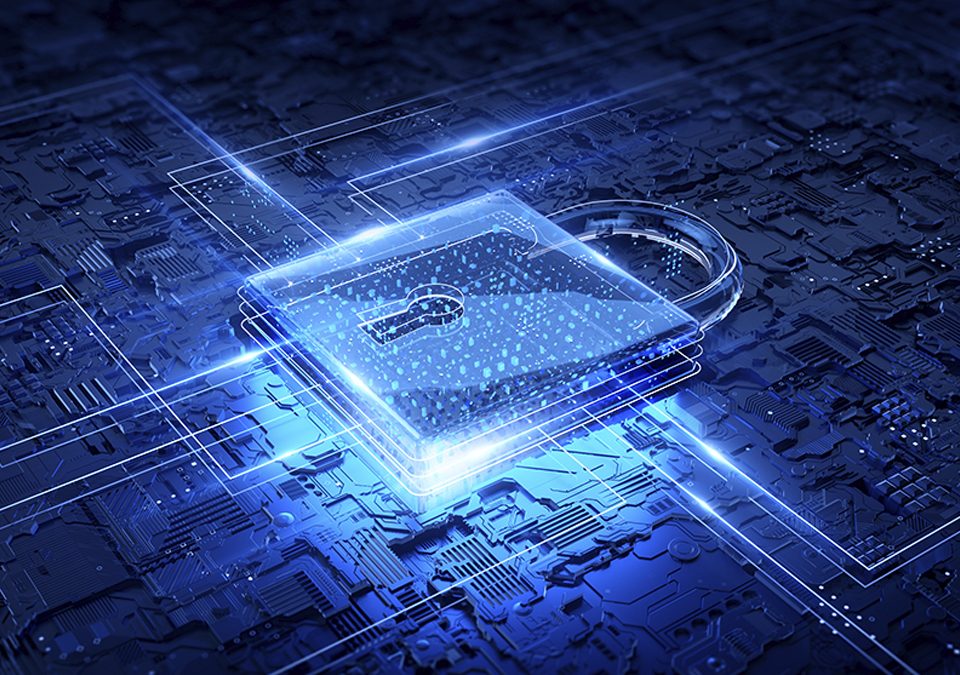How Will the Golden State Meet Its EV Dreams?
Russian Hackers Target Grid
October 6, 2020U.S Takes Steps to Secure Supplies of Rare Earth Minerals Critical for Energy Independence
October 19, 2020On September 23rd, California Governor Gavin Newsom signed an executive order ending the sale of new gas-burning cars in the state by 2035. Environmentalists and carmakers praised the move, but many experts say the celebration is premature.
The adoption of electric vehicles (EV) is a good thing and Energy Fairness has said as much. This adoption, however, has to take the reliability of the electric grid into account, especially since California just experienced a series of blackouts in August. Many, including us, should rightfully wonder whether policymakers will give as much attention to these reliability issues as they will Governor Newsom’s executive order.
In August, we wrote about California’s inadequate power supply in light of the state’s extreme weather events. California’s grid overseer, the California Independent System Operator (CALISO), implemented rolling blackouts across the state to protect against a catastrophic system-wide blackout as high temperatures and a lack of power supplies pushed the grid to the brink. What will happen when California adds thousands upon thousands of electric vehicles to the mix?
The answer? No one knows. Or, as Anne Gonzalez with CALISO prudently noted, “It is too early to tell what kind of impact the order will have on our power grid, and we don’t have any specific analysis or projections.”
What we do know is that the signs aren’t looking good for the Golden State’s power supplies. California receives much of its electricity from solar power during the day. Throughout the state, solar systems produce prodigious amounts of renewable energy. In fact, in what could be called too much of a good thing, the CALISO sometimes has to pay neighboring states, like Arizona, to take the excess power to ensure grid stability.
In the evenings, when everyone is returning home from work, cooking dinner, and cranking up the AC, demand soars, but solar power supplies are inadequate. Keep in mind this is the same time of day when many people return to work and will presumably begin charging their EVs. Given its focus on solar power, how will California’s grid respond to an influx of EVs?
This prospect was exactly what U.S. Environmental Protection Agency Administrator Andrew Wheeler highlighted in a letter to Gov. Newsom. “The truth is,” he wrote, “that if the state were driving 100 percent electric vehicles today, the state would be dealing with even worse power shortages than the ones that have already caused a series of otherwise preventable environmental and public health consequences.”
So how could the power grid support an influx of EVs? There are a few options. The easiest option would be to encourage customers to charge their cars during off-peak times. This option would allow the addition of more electric vehicles and create less strain on the grid.
Most people, however, tend to charge in the evenings after getting home from work. That means that California will have to act quickly to ensure adequate power supplies during peak hours when the state’s grid is under the most significant strain.
What about battery storage? As much as we’ve supported its future potential, the sad reality is that there is still only about 400 MW of available storage in the entire state. That isn’t nearly enough. Pumped hydropower storage still accounts for approximately 95% of all energy storage.
Some experts have claimed EVs themselves could be grid assets since they are basically large batteries. Supposedly, a plugged-in EV could feed energy into the grid during times of high demand. However, EV guru Elon Musk himself has downplayed this idea.
“Vehicle-to-grid sounds good but I think actually has a much lower utility than people think,” says Musk. “Very few people would actually use vehicle-to-grid” capabilities, he said, in part because cars are not plugged in constantly.
Without a doubt, the adoption of EVs is a laudable goal. But, California must be sensible in implementing it. Ultimately, it must make sense for both the consumer and the power grid. That means making sure that supplies are available so that cars can stay charged and the lights can stay on. If California doesn’t handle its EV mandate carefully, it could drive the state’s power grid straight into danger.



